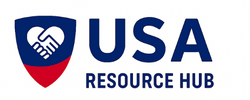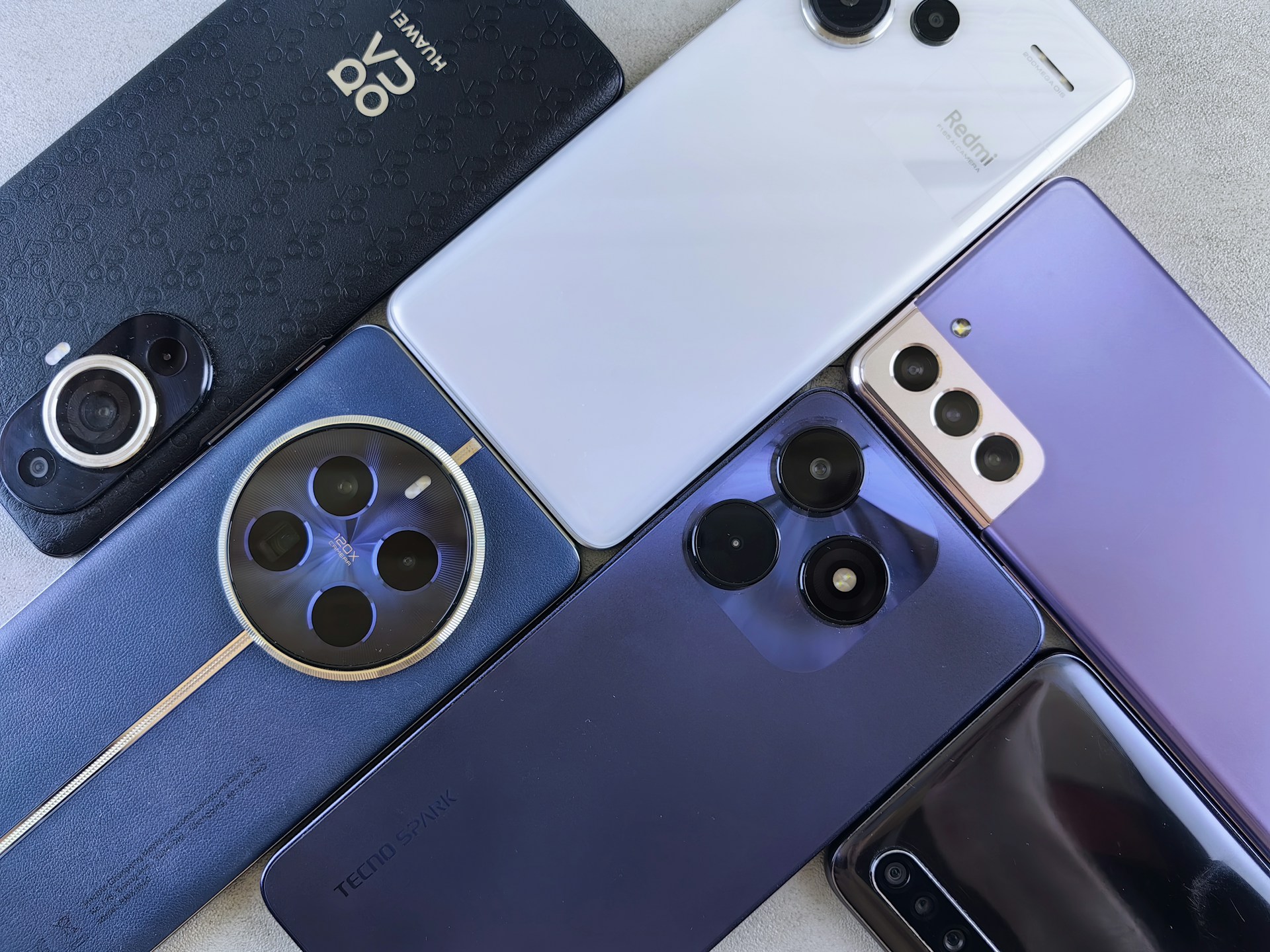Staying connected is no longer a luxury, it is a necessity. For low-income households, however, the cost of connectivity can be a barrier. Fortunately, there are federal and state programs that offer free or discounted internet and cell phone services to eligible individuals and families.
If you are struggling to afford monthly bills or have limited access to digital tools, here is a breakdown of programs you might qualify for and how to apply.
Lifeline Program
The Lifeline Program is a long-standing federal initiative that helps low-income households pay for phone or internet service. Administered by the Federal Communications Commission (FCC), Lifeline provides a monthly discount of up to $9.25 for eligible users. For households on Tribal lands, the discount can go up to $34.25 per month.
You can use Lifeline for:
- Landline or mobile phone service
- Broadband internet service
- Bundled voice and data plans
To qualify, you must either meet income requirements or participate in a federal assistance program such as:
- Medicaid
- Supplemental Nutrition Assistance Program (SNAP)
- Supplemental Security Income (SSI)
- Federal Public Housing Assistance (FPHA)
- Veterans Pension and Survivors Benefit
- Tribal-specific programs
You can apply online through the Lifeline National Verifier or contact a participating provider in your area.
Affordable Connectivity Program (ACP)
The Affordable Connectivity Program was introduced to expand internet access during the pandemic and has continued under federal infrastructure initiatives. ACP offers a monthly discount of up to $30 for internet service and up to $75 for households on Tribal lands. It also provides a one-time discount of up to $100 toward the purchase of a laptop, tablet, or desktop computer from participating providers.
Eligibility is based on:
- Income at or below 200 percent of the Federal Poverty Guidelines
- Participation in programs like SNAP, Medicaid, WIC, or Lifeline
- Enrollment in free or reduced-price school lunch programs
- Receipt of a Federal Pell Grant
You can apply through the ACP application portal and then contact an internet provider that participates in the program to select a plan.
Free and Low-Cost Cell Phone Providers
Several mobile carriers offer free or low-cost cell phone plans through Lifeline and ACP. These providers often include:
- Free smartphones
- Unlimited talk and text
- Monthly data allowances
- No contracts or activation fees
Popular providers include:
- Assurance Wireless
- SafeLink Wireless
- Q Link Wireless
- TruConnect
- Life Wireless
Availability and plan details vary by state, so it is important to check with each provider to see what is offered in your area.
Local and State Programs
In addition to federal programs, some states and municipalities offer their own connectivity initiatives. These may include:
- Free public Wi-Fi hotspots
- Community broadband networks
- Digital literacy training
- Device lending programs through libraries or schools
For example, California’s CalConnect initiative helps low-income residents access affordable broadband, while New York City offers free Wi-Fi in public housing developments. Contact your local human services department or public library to learn what is available in your area.
What You Need to Apply
When applying for Lifeline or ACP, you may need:
- Proof of income (pay stubs, tax returns, benefit letters)
- Identification (driver’s license, passport, or other government-issued ID)
- Documentation of program participation (Medicaid card, SNAP approval letter)
- Address verification
Applications can be submitted online, by mail, or through a participating provider. Be sure to keep copies of all documents and follow up if you do not receive confirmation within a few weeks.
Access to internet and phone service is critical for daily life, and you should not have to choose between staying connected and covering basic expenses. Programs like Lifeline and ACP are designed to make communication more affordable and accessible for those who need it most.


Leave a Reply